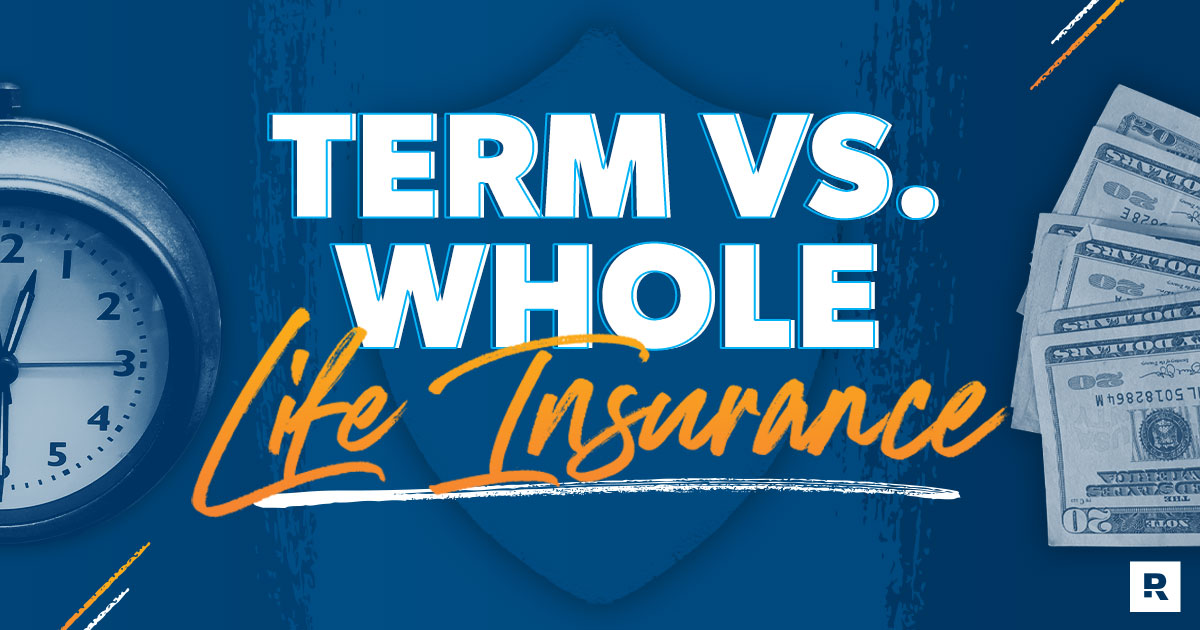Beyond Daily Yonder: Insights and Updates
Exploring daily news and insightful information from various fields.
Whole Life Insurance: The Lifelong Commitment Nobody Talks About
Discover why whole life insurance is the lifelong commitment everyone overlooks. Unlock the secrets to securing your future today!
Understanding Whole Life Insurance: Key Benefits and Drawbacks
Whole life insurance is a type of permanent life insurance that provides coverage for the insured's entire lifetime, as long as premiums are paid. One of its primary advantages is the cash value component, which accumulates over time and can be borrowed against or withdrawn. This feature makes whole life insurance not just a safety net for beneficiaries but also a potential source of funds for policyholders in need. Additionally, whole life policies offer predictable premiums and guaranteed death benefits, providing peace of mind for individuals and families. For a more in-depth understanding of whole life insurance, you can visit Investopedia.
However, there are notable drawbacks to consider before investing in whole life insurance. The premiums for whole life policies are typically much higher than those for term life insurance, which can strain budgets over time. Additionally, the cash value growth is generally slower compared to other investment vehicles, making it less appealing for those focused on maximizing their savings. Furthermore, entangled terms and conditions can lead to misunderstandings, so it's crucial to read the fine print and consult with a financial advisor. To learn more about the potential downsides, check out NerdWallet.

Is Whole Life Insurance Right for You? 5 Questions to Consider
When considering whether whole life insurance is right for you, it's essential to ask yourself a few critical questions. Whole life insurance provides coverage for your entire life, alongside a cash value component that grows over time. This can make it an attractive option for certain individuals. Start by evaluating your current financial situation, including your income, expenses, and long-term financial goals. A thorough understanding of these factors will help you determine if the premiums for whole life insurance fit your budget and align with your financial strategy. For more insights on financial planning, check out Investopedia's financial planning guide.
Next, ponder your specific insurance needs. Ask yourself, how much coverage do I truly need? Whole life insurance can offer substantial benefits, especially for those looking to leave a financial legacy for their loved ones or wishing to fund future financial obligations such as college tuition. However, it may not be suitable for everyone. To gain a clearer perspective, consider consulting with an insurance expert or using online calculators to assess your insurance requirements. Additionally, learn more about whole life insurance and its pros and cons through resources like NerdWallet.
The True Cost of Whole Life Insurance: Beyond the Premiums
While most people understand that whole life insurance requires regular premium payments, the true cost extends far beyond these initial roadblocks. In addition to premiums, policyholders must consider factors such as cash value accumulation, fees, and the opportunity cost of locking funds into such a policy. These costs can quickly accumulate and significantly reduce the overall financial benefits of the policy over time. Moreover, whole life insurance policies can have complicated structures that affect their cash value growth, leading to potential surprises for policyholders when they try to access funds in the future.
It’s also essential to factor in inflation and changing personal circumstances when evaluating the true cost of whole life insurance. As time goes on, the purchasing power of your premiums diminishes, and this can make the supposed stability of a whole life policy less appealing. Furthermore, should you choose to surrender a policy early, surrender charges may drastically affect the cash value you receive. Therefore, buyers must do thorough research and consider comprehensive financial planning to understand if whole life insurance is a suitable long-term investment.